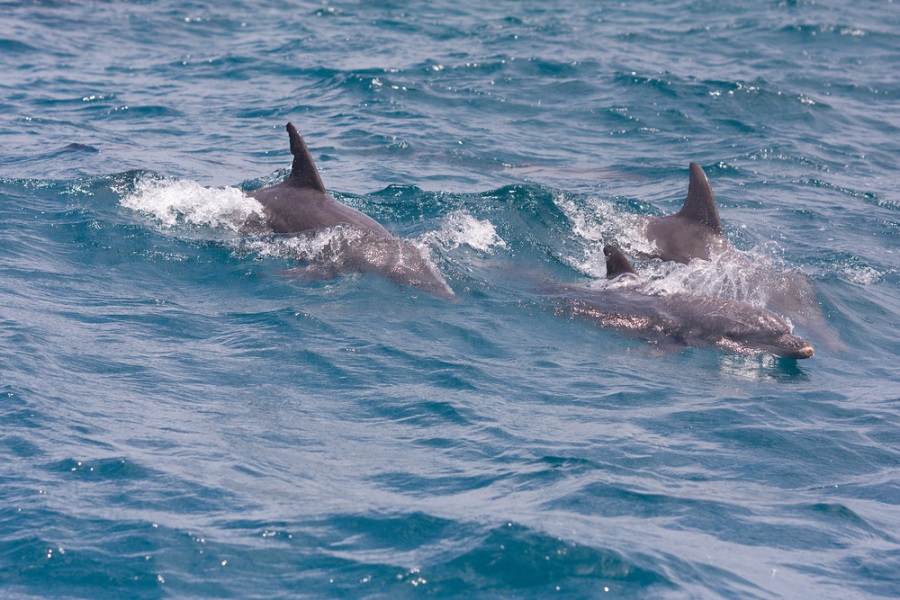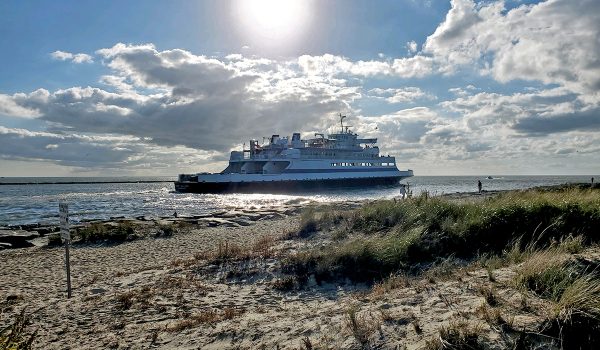Local Sea Life You Can Spot While on a Ferry Ride
The diversity of wildlife in the Delaware Bay is amazing, but it can be difficult to get close enough view to spot many of them from the shore. Luckily, from the decks of the Cape May – Lewes Ferry you can experience a 360-degree view of much of the marine life it has to offer!
Many of the more common dolphins can be seen through several seasons, and though not quite as common an occurrence as dolphins, whales can often be spotted as they travel up and down the coast during migration seasons. In fact, Conde Nast recently ranked Cape May as one of the best spots in the US for whale watching, so make sure to keep your eyes peeled! Additionally, it’s not unusual to spot seals resting on shoals during the winter.
Regardless of when you’re traveling, be sure to keep your eyes on the water, but don’t worry too much that you’ll miss anything. The captain and crew always have their eyes out for local whales and dolphins and make loudspeaker announcements to let you know when they appear, and where on the boat you can get the best view. Although our ferries have a set course, it’s not unusual for a captain to slow the boat, or take a slight detour to let passengers get a more spectacular view.
Here’s a quick rundown of some of the sea life you’re likely to see on the Bay. But, if birds are more your cup of tea, be sure to check out our tips for birdwatching from the Ferry.
Seals
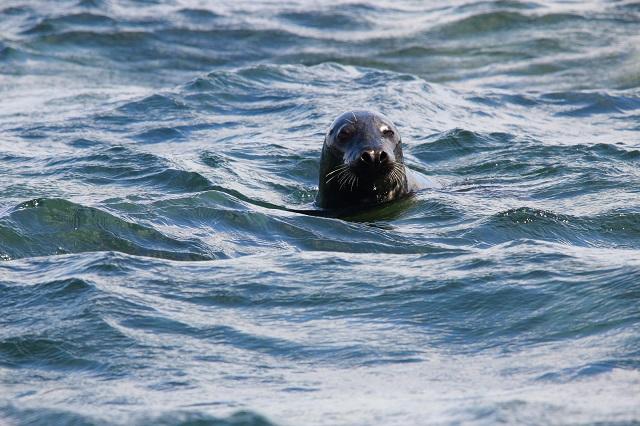
There are three different types of seals in the Delaware Bay: Gray Seals, Harp Seals, and Harbor Seals. The Delaware Bay remains a popular site for seals to migrate during the winter. The most popular time to see seals along the Delaware Bay is during the colder months. Seals usually come out of the water to rest after they have eaten. If you catch sight of one of these amazing mammals, contact Marine Education, Research and Rehabilitation at 302-228-5029.
Gray Seals: These seals can grow to be up to 10 feet long and 800 pounds! They are gray in color, although pups have white fur for the first three weeks of their lives.
Harp Seals: Adults range between 5 to 6 feet and can weigh up to 300 pounds. They eat small fish and migrate towards the arctic during the summer months.
Harbor Seals: Adults are about 6 feet and weigh over 200 pounds. They are blue-grey in color. These seals love to be on land, and will typically give birth to baby seals during the spring and summer months.
For more information, visit the MERR Institute.
Dolphins
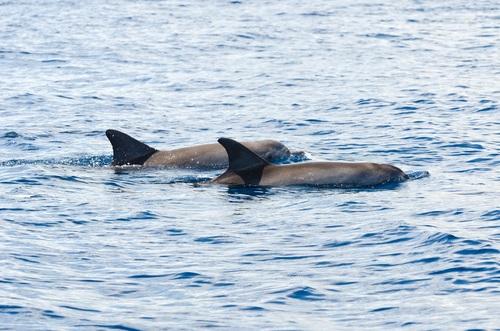
The most popular times to see dolphins are during the spring and summer months. They are gray in color and easy to spot from the deck. There are 43 species of dolphins that are recognized. In the Delaware Bay, we typically see 8 species of dolphins including the Atlantic Bottlenose, Striped, and Atlantic White-Sided.
For pictures and more information on each species click here.
Dolphins are incredibly friendly, intelligent and can live as long as 60 years! When dolphins sleep, half of their brain stays awake to keep them breathing so they don’t drown. Their diet usually consists of fish, squid, and crustaceans. Generally, mating season is in the spring and result in mothers giving birth to one calf. Each calf stays with their mother for the first three years of its life.
Fun Fact: Dolphins tend to leap out of the water to glance at their surroundings and even follow ships! So be on the lookout next time you’re aboard!
Whales
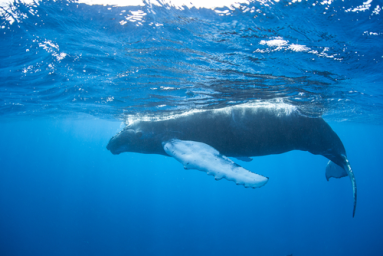
Thar she blows! The Cape May-Lewes Ferry captains have been keeping their eyes peeled for whales in the Delaware Bay since we started sailing back in 1964, and Conde Nast recently rated Cape May, NJ as one of the Best Spots for Whale Watching in the US! Whales have a very large appetite and prefer smaller fish and krill for their meals and tend to swallow their prey whole. They tend to eat 4% of their body weight, with the smallest species of whales weighing 3,000 pounds that’s a lot of food!
Travel Tip: Get a Wildlife Card
When on board ask the crew for a free wildlife spotting card, or baseball card of local favorites.

